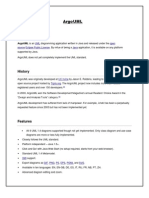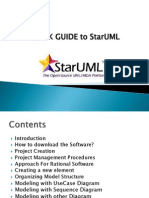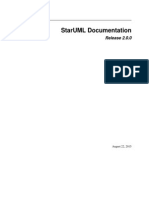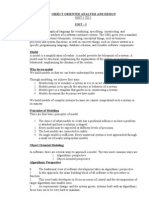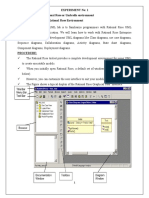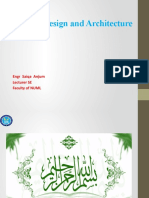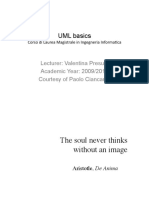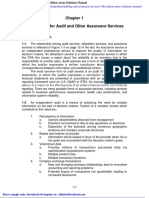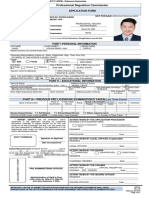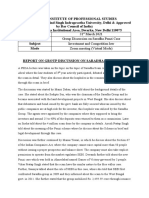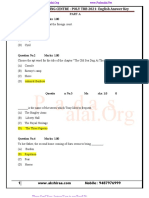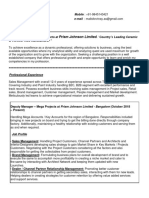0% found this document useful (0 votes)
82 views31 pagesStarUML and ArgoUML Tool Review
This document provides an overview of the StarUML open source modeling tool. It discusses StarUML's history, including that it was originally written in Delphi but later rewritten in Java/Eclipse. The document explores StarUML's features, which include support for UML diagrams, code generation, and a modern user interface. It also provides screenshots and descriptions of StarUML's interface elements like the toolbox, model explorer, and property editor. Merits of StarUML include being free, open source, and supporting many diagram types, while demertis include some complexity for beginners.
Uploaded by
Anamika Guha 18BIT0483Copyright
© © All Rights Reserved
We take content rights seriously. If you suspect this is your content, claim it here.
Available Formats
Download as PDF, TXT or read online on Scribd
0% found this document useful (0 votes)
82 views31 pagesStarUML and ArgoUML Tool Review
This document provides an overview of the StarUML open source modeling tool. It discusses StarUML's history, including that it was originally written in Delphi but later rewritten in Java/Eclipse. The document explores StarUML's features, which include support for UML diagrams, code generation, and a modern user interface. It also provides screenshots and descriptions of StarUML's interface elements like the toolbox, model explorer, and property editor. Merits of StarUML include being free, open source, and supporting many diagram types, while demertis include some complexity for beginners.
Uploaded by
Anamika Guha 18BIT0483Copyright
© © All Rights Reserved
We take content rights seriously. If you suspect this is your content, claim it here.
Available Formats
Download as PDF, TXT or read online on Scribd
/ 31




